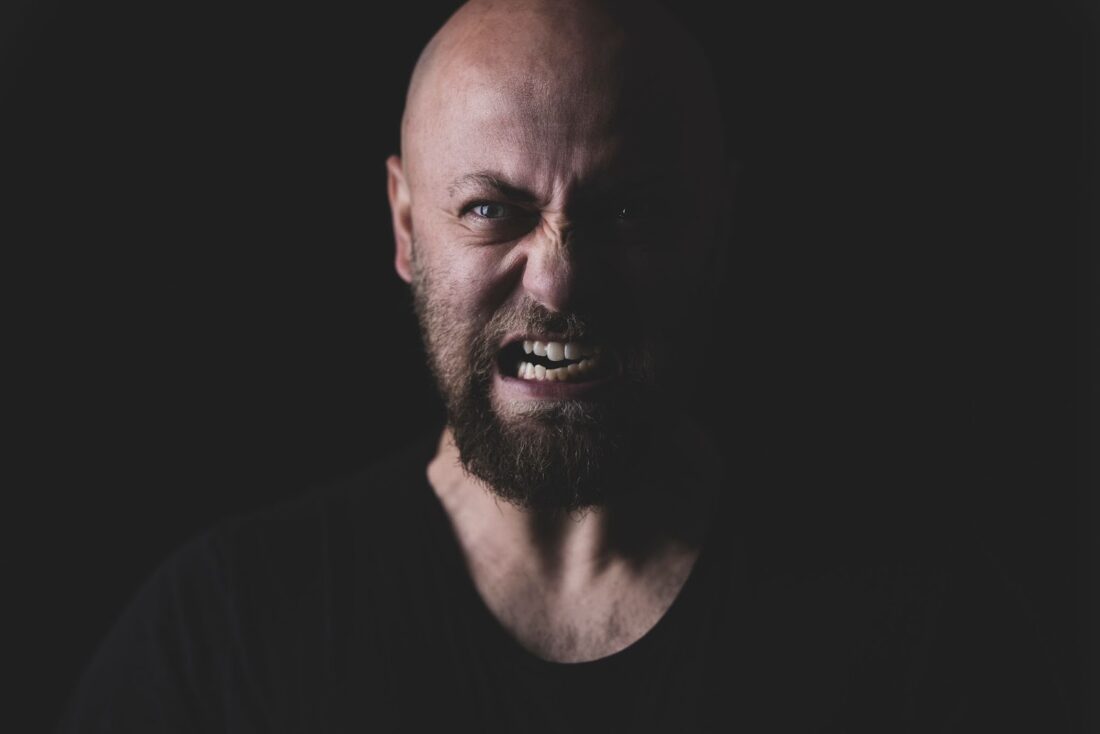
Growing up, I used to think ’emotional baggage’ was just a fancy term for the pile of toys in my closet. Little did I know, it was a suitcase of unprocessed feelings and childhood trauma, quietly getting heavier with each passing year. As I carried this weight into adulthood, it dawned on me: these invisible burdens shaped my life in ways I couldn’t imagine.
But here’s the twist – it’s not just my story. It’s likely yours, too, in some shape or form. We all have our share of childhood memories that linger, impacting our relationships, decisions, and self-image. The question is, how does this childhood emotional trauma manifest in your life? Are you carrying a silent weight that’s subtly steering your journey?
In this blog, I’m not just sharing my journey of unpacking and letting go of emotional baggage; I’m also offering you a mirror to reflect on your story. Together, we’ll explore the hidden alleys of our past and learn the art of emotional decluttering. It’s a journey of laughs, sighs, and maybe a few ‘aha’ moments.
So, if you’re ready to lighten your load and color your life with newfound freedom, keep reading. Trust me, it’s not just about closing old chapters; it’s about writing a new, vibrant story for yourself.
Unpacking the Burden: What is Childhood Emotional Baggage?
When we talk about emotional baggage, it’s like delving into a closet that we’ve kept locked for years, filled with a collection of memories and experiences from our younger years. This baggage, often stemming from childhood trauma, isn’t just a series of forgotten old toys or faded photographs.
Instead, it’s a complex amalgamation of feelings, reactions, and beliefs formed during our formative years. Childhood emotional trauma doesn’t just disappear as we grow older; instead, it often manifests in subtle yet significant ways in our daily adult lives.
It could be a fear of rejection that holds us back from meaningful relationships, a deeply ingrained belief that we are not good enough, or a pattern of behavior that we can’t seem to break. These are the remnants of our childhood emotional trauma, packed away in the recesses of our minds, influencing our decisions, relationships, and even our self-perception.
As we begin to unpack this burden, we understand the profound impact these early experiences have had on us, paving the way for healing and transformation.
The Long Shadow of Childhood Memories
Childhood memories, particularly those marred by emotional invalidation, cast a long shadow over our mental health and well-being. Often, these memories aren’t dramatic events but subtle moments where our feelings were dismissed or ignored, teaching us to do the same.
This emotional invalidation in our formative years can lead to unresolved emotional baggage that we unwittingly carry into adulthood. It’s like walking through life with an invisible backpack filled with the weight of unacknowledged emotions and unprocessed experiences.
This baggage can manifest in various ways – from difficulty expressing feelings to a deep-seated fear of rejection. The impact is profound and far-reaching, influencing our relationships, self-esteem, and career choices. Recognizing and addressing these shadows of the past is crucial for our mental health.
It involves revisiting these memories, understanding their impact, and learning new ways to validate and process our emotions, allowing us to step out of the long shadow they cast finally.
The Ripple Effect: How Unresolved Childhood Emotions Affect Us
The influence of unresolved childhood emotions is akin to a ripple effect, where the initial splash may have occurred years ago, yet the waves continue to impact us in adult life. This phenomenon isn’t just a psychological theory; it’s a reality many of us live with, often without realizing its origin.
The way we react in stressful situations, the habits we find hard to break, or even the kind of people we are drawn to can all be traced back to our experiences of childhood trauma. It’s like an invisible thread that connects our past to our present. But here’s where it gets interesting: understanding how childhood emotional trauma manifest in our adult lives is the first crucial step towards healing. By acknowledging these hidden influences, we gain insight into our patterns and behaviors and open the door to transforming them.
The journey of childhood trauma healing is about reconnecting with those neglected parts of ourselves, learning to understand them, and finally, taking control of the ripples they create in our lives.
When the Past Echoes in the Present
In many cases, the unresolved emotional issues of our childhood don’t just fade away; instead, they echo through our lives, affecting our mental health and emotional well-being in profound ways. One striking example of this is the potential development of borderline personality disorder (BPD), a complex mental health condition often linked to early emotional trauma and neglect. Those with BPD typically struggle with managing emotions, maintaining stable relationships, and a consistent sense of self challenges that are frequently rooted in the unresolved emotional turmoil of their past.
This connection highlights the critical importance of addressing these issues to alleviate the symptoms of such disorders and improve overall emotional well-being. Effective mental health care for conditions like BPD often involves therapies that delve into these past experiences, providing a space to understand and heal from these deep-seated emotional wounds.
By acknowledging and working through the echoes of our past, we can break free from their grip, paving the way for a more stable and fulfilling future.
Are You Showing These Signs?
Recognizing the signs of childhood trauma in adult life can be like putting together a puzzle without knowing what the final picture should look like. It’s not always obvious, but there are specific indicators that might suggest unresolved issues from the past. For instance, do you constantly seek approval in your relationships or often feel unworthy of love and affection? Maybe you react strongly to criticism or feel a deep insecurity in close relationships.
These behaviors can be signs of deeper emotional wounds from childhood, needing attention and healing. In particular, ‘mommy issues in men’ is a term you might have heard. It refers to how early relationships with maternal figures can profoundly affect a man’s life. To get a clearer picture of whether this applies to you, Check out these 5 signs. This resource can help you identify if what you’re experiencing is linked to past trauma and guide you on the path to healing these deep-seated issues.
The Healing Journey: Steps Towards Emotional Liberation
Embarking on the journey of healing from emotional baggage is a transformative process, mainly when this baggage stems from childhood trauma. These deep-seated issues, often a result of unhealthy or traumatic events in our younger years, don’t just vanish as we enter adult life.
Instead, they can manifest in various forms, influencing our thoughts, behaviors, and relationships, and understanding how childhood emotional trauma manifest is a critical step in this healing journey.
It’s about acknowledging the impact of past experiences, recognizing their presence in your current life, and then actively working towards resolving them. The path to childhood trauma healing involves a blend of self-reflection, professional guidance, and possibly revisiting painful memories to release their hold.
This process, although challenging, paves the way toward a more liberated and authentic existence, free from the shadows of the past. Each step taken is a move away from the echoes of childhood trauma and a stride toward emotional freedom in adult life.
Strategies for Releasing Emotional Baggage
In the journey of childhood trauma healing, identifying effective strategies to release childhood trauma is vital. This trauma, often rooted in unhealthy or traumatic events from our early years, can cast long shadows over our adult lives.
The first step is acknowledging the presence of this unresolved trauma, understanding its origins, and its impact on our current behavior and mindset. Then comes the challenging yet rewarding process of releasing it. Strategies can vary widely, depending on individual experiences and needs.
Some may find solace in therapy, where a professional can guide them through the complexities of their trauma. Others might turn to mindfulness practices, like meditation or journaling, to process and release the emotions tied to these past events. It’s also crucial to cultivate a support network of friends, family, or support groups who understand and empathize with the journey.
Remember, releasing emotional baggage is not about forgetting the past but transforming your relationship with it. Doing so allows you to move forward with greater freedom and resilience.
Understanding and Transforming Your Attachment Style
Knowing your attachment style can profoundly affect how you interact in relationships. One common type is the Dismissive Avoidant Attachment Style. This style often comes from how we were treated in early life, and it shows up in how we connect with people now.
If you have this style, you might want to be by yourself more than with others, and getting close to people might make you uncomfortable. It’s not just about liking to be alone; it’s a pattern that started when you were young.
Knowing this is important because it helps you understand why you might feel this way in relationships. If you’re curious about this attachment style and want to learn different ways to handle it, explore five ways to deal with it. This link has valuable advice and steps you can take if you notice this style in your relationships, helping you build stronger and healthier connections…
Personal Transformation Through Healing
The journey of healing from unresolved trauma, particularly the kind that stems from our childhood, is more than just a path to emotional well-being; it’s a gateway to personal transformation.
When we commit to the process of releasing childhood trauma, we’re not only addressing the pains of the past but also reshaping our present and future. This transformation is profound. It’s about learning to live fully in the present moment, unburdened by the echoes of old hurts and fears. We see ourselves and the world in a new light through emotional healing.
Freed from the constraints of our past experiences, we find a sense of peace and clarity that perhaps we never knew was possible. This isn’t just about getting rid of negative feelings; it’s about rediscovering joy, trust, and a sense of connection – with ourselves and others. The healing process teaches us resilience and strength, showing us that even our deepest wounds can become sources of growth and self-discovery.
Conclusion
As we conclude, it’s important to remember that understanding your past is a decisive step towards a more liberated future. The insights and stories explored here are more than words; they are your companions on a transformative journey.
Letting go isn’t about erasing memories but embracing your future with newfound clarity and lightness. Use what you’ve learned to guide your steps, big or small, toward a life defined not by past emotional baggage but by joy, authenticity, and control over your narrative. Keep these lessons in mind as you move forward, letting them light your path away from the shadows of the past.
Author Bio
Steffo Shambo is the founder of Tantric Academy, where he hosts a program called The Tantric Man Experience – the #1 love and relationship program for men. He strives to empower men to tap into their full masculine confidence, intimate power, and ability to connect with themselves and their partners on a deeper level than ever before. He’s helped hundreds worldwide of men harness their masculine life force energy to save their relationship or attract their dream partner in only 9 weeks.



